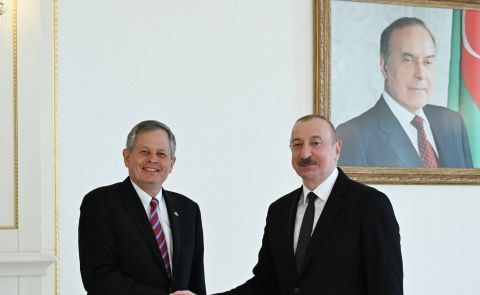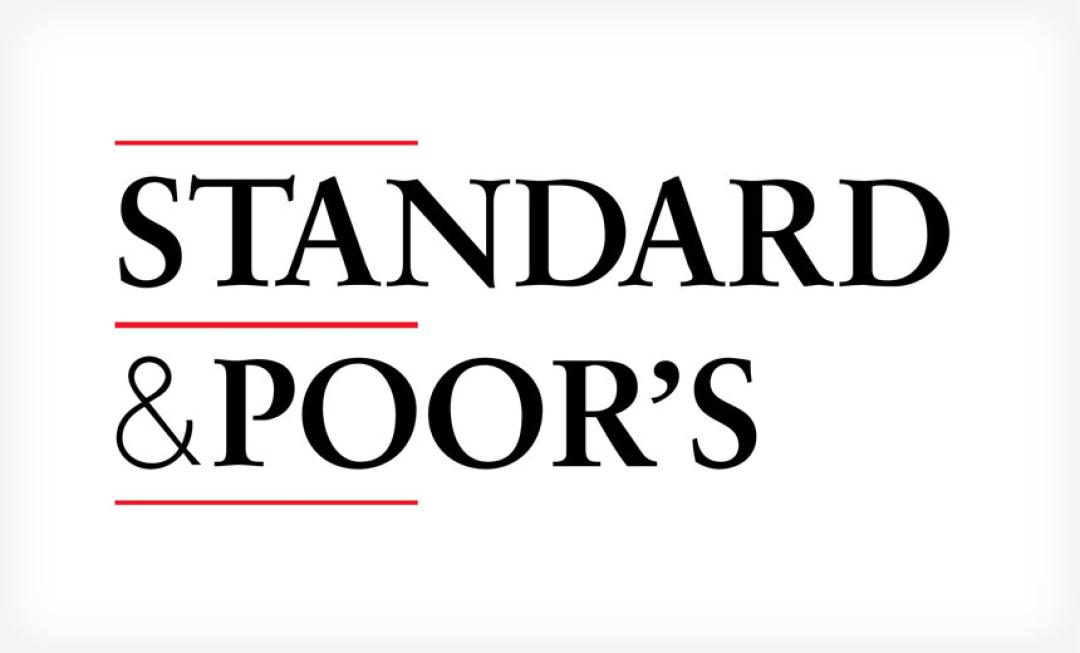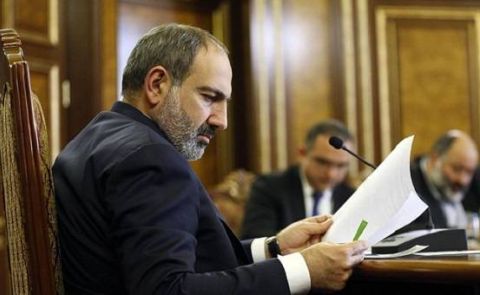
S&P Confirms Armenia's Long-Term Credit Rating at B+

On October 10, the S&P rating agency (headquartered in New York) confirmed Armenia's long-term credit rating at B+ with a stable outlook. The short-term rating is left at level B. A B+ is 14th out of 22 on the S&P scale, with 1 being the highest rating.
"So far, Western sanctions have not affected the Russian economy (along the supply chain and the financial sector of Armenia) as significantly as analysts previously assumed, including due to high world oil and gas prices. In addition, the influx of Russian citizens and capital has dramatically accelerated economic growth in Armenia," the report said.
According to the country's authorities, since February 2022, 1,700 companies from Russia, Belarus, and Ukraine have opened in Armenia, and another 3,100 entities have registered as private entrepreneurs. The number of non-resident employees in Armenia has grown to over 12,000.
"Gas prices remain stable thanks to long-term agreements with Russia at a fixed price of $165 per thousand cubic meters, well below current world prices. This is important insofar as gas remains the main energy source for the Armenian economy (61% of the total energy balance), and about 80% of that comes from Russia," analysts of the company said.
As a result, S&P significantly increased its forecast for the growth of the Armenian economy in 2022 from 1.3% to 8.6%. In the next few years, growth is expected to average 4.3% per year. However, the republic remains at risk of a secondary impact of anti-Russian sanctions. Russia accounts for about 30% of Armenia's exports and about 40% of its imports.
The agency's experts also attribute the resumption of hostilities with Azerbaijan to significant risks for the Armenian economy. Sanctions against Russia could also prevent the Armenian financial sector from getting loans from abroad. Until the end of 2022 and 2023, an increase in budget expenditures is expected in Armenia, both current (including pensions, which have been increased since September) and capital (infrastructure projects). Therefore, the current account deficit of the republic will remain at the level of 4% of GDP, and in 2023–2025 it will decrease to 3%. To finance these expenses, negotiations continue on new foreign loans, including a budget loan from the International Monetary Fund.
According to the current year's results, S&P expects the government debt-to-GDP ratio to decrease significantly. If at the end of 2021 it was 63% of GDP, then by the end of 2022, S&P expects it to be about 43%. This should happen for three reasons. First, economic activity in the country remains high. Secondly, tax collection increased. Thirdly, the dram exchange rate against the dollar has strengthened (by 17% since the beginning of the year). This is significant since 63% of Armenia's current public debt is denominated in foreign currency.
See Also


Pashinyan Commemorates First Republic Day, Highlights Progress in Sovereignty and Peace Efforts

Israeli Ambassador to Armenia Acknowledges Challenges but Optimistic About Future Armenian-Israeli Cooperation

EU Plans Closer Cooperation with Azerbaijan, Georgia, Türkiye, and Other Black Sea States

Azerbaijan, Türkiye, and Pakistan Highlight Growing Strategic Cooperation at Lachin Summit

